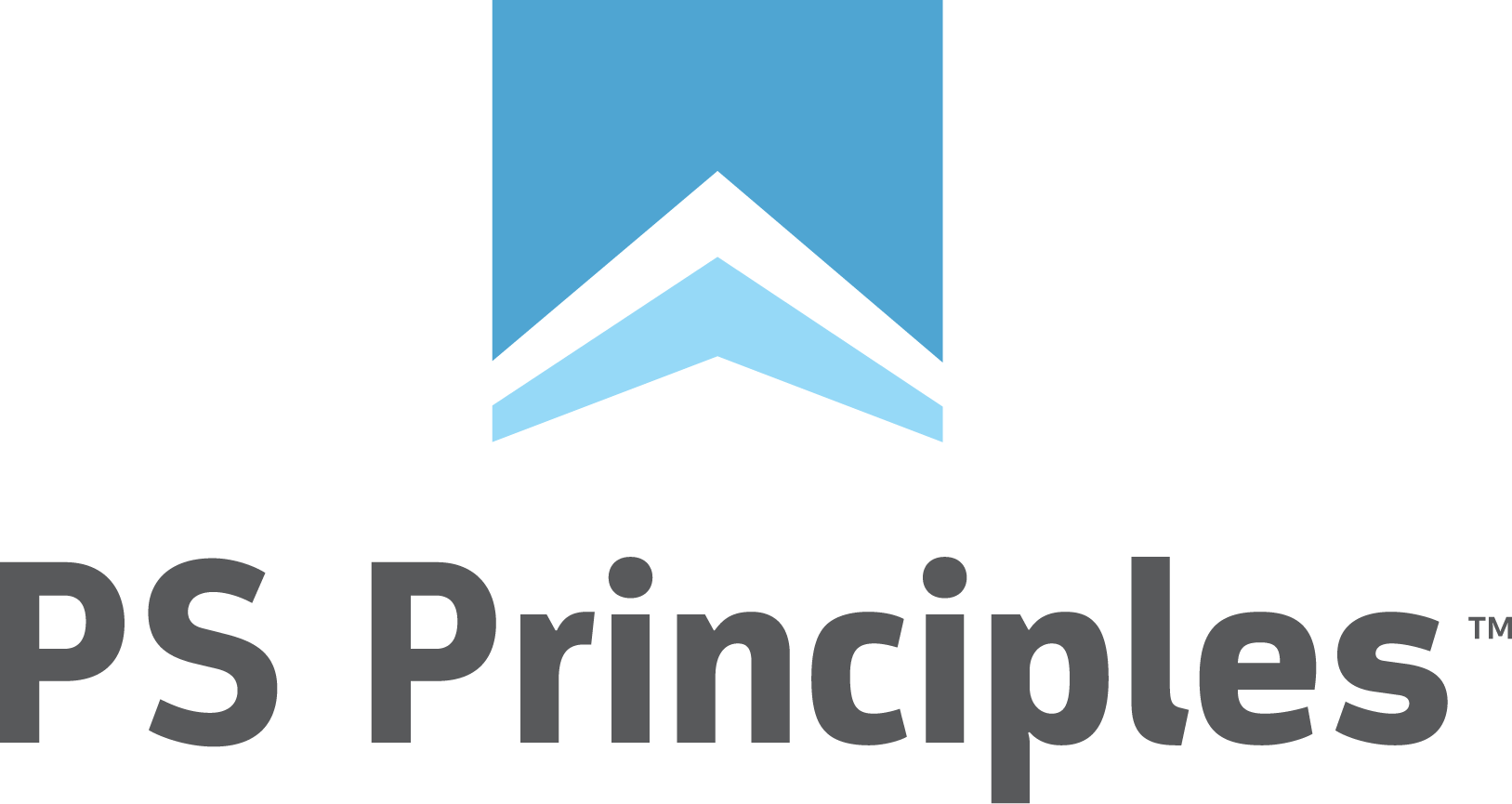Building a Consultant Acquisition Strategy
Shane Anastasi
Oct 22, 2018 3:09:33 PM


ARE YOU YOUR CONSULTANT'S KEEPER?
Let's forget about trying to “keep” employees. Places that keep people are jails. Instead, lets accept the transient nature of employment and set ourselves the goal of building a place where great people want to come and work with other great people for us long as you can make it happen. If you do it well, they will stay. If you don’t, they will leave and that's the feedback you need to determine your next move. Have the intent, that when an employee does leave, that you will have done everything you can to make their time at your company a positive for their ongoing career. While the idea is simple, the execution is challenging, complex and fraught with obstacles.
When developing ideas on how to achieve these things I tend to break them into two categories. Each of them serves a specific purpose. The first, is Consultant-Centric thinking where I spend time thinking and learning about what other people want from us as employers. The second category, and the subject of my next post, targets the use of the rest of the best practices and company-centric thinking that I’ve learned from many other authors and mentors.
CONSULTANT-CENTRIC THINKING
To be successful at building an enticing work environment we have to understand one thing. “What do consultants want from their employers?”
After reading the thoughts of many experts and speaking with many consultants I’ve formulated a rough answer to this question and it looks like this; consultants want to have control over their work-life balance, they want to positively impact the company's results and they want to control the speed at which their career development progresses. To do this we must operate with respect, honesty and transparency because the minute we appear to break any one of those three virtues we begin to build detractors rather than advocates. Here is how I think respect, honesty and transparency translate into the things each consultant wants from his or her employer.
Controlling Work-Life Balance
To address the first issue of work-life balance, I remove the metric of utilization from the consultants bonus plan. I understand that this approach is not for everyone, but from I've learned and practiced it can be done to great effect, provided other shifts are made to truly incentivize the behavior this metrics was designed to induce. The core reason I take consultants do not always feel as though they are able to generate incremental billable work. Whether this is correct or incorrect, it is a belief that many consultants have. As a result, I've moved towards focusing on variables they can control in order to create a more attractive work environment.
The first, is to shift the funding of the bonus pool so that it is a shared pool funded by profit. The more (or less) profit we make as a company, the more (or less) there is to pay out bonuses. This is not a tough to calculate. We just work out how much profit we’d need to make in order to payout 100% of everyone’s bonus and back that into the rest of the model to give us target utilization, bill rates, etc. From there we can build a less-than-greater-than model from there. For example, attaining 80% of our profit number will fund 75% of the bonus pool.
Once this sliding scale is created the funding of bonuses becomes transparent. Each consultant knows how much of their bonus they are going to get based on the performance of the company. Next, we have to align the performance model we use to determine how much of that payout the individual has earned.
To do this, I create two groups. The first is Company Assigned Metrics. It account for 50% of whatever the % the bonus pool was funded for each individual. These measures are determined by each division so that they reflect the financial plan they have committed. For example, one of those measures should be the % of billable hours assigned that were actually worked. This is the “your in control of your destiny” equivalent of a utilization target. What I want to see as the P&L owner is that if I have enough work to generate a specific revenue result, then I want to see that result generated. Not by asking consultants to “find” work but simply work the hours they are given. Anything less decreases the bonus pool and anything more adds to it so the same incentive stills exits.
The second group that accounts for the remaining 50% of the individuals payout is something I call “Commitments”. A Commitment can be anything productive. Create a piece of intellectual property, get a customer live, organize a team event or learn a new skill. The criteria for it however must be that each success of each Commitment must be 100% in the hands of the consultant making it. If a Commitment requires the help of another person, then that person must agree to also have the same Commitment in his or her list of Commitments. Each person should have no more than 3 Commitments per quarter because we are going to keep them very busy with billable work and if we let them have too many Commitments we are just setting them up for failure. Keep the number small and keep the achievement of the Commitments high.
I cannot tell you how much I love going through the company’s or team’s quarterly Commitments. As we read through them with the owning manager we get a fantastic picture of where the consultants think the company should be focusing. Team morale, customer satisfaction, etc. We also get to tailor them a little. If one person wants to build a “How To” for one product and another person in another group wants to do the same thing then they can either work together or one of them can change to something else. The entire exercise is a win-win because everyone is aligned.
The net result of these shifts is an environment where each consultant understands the dynamics of the professional services firm. Each consultant now has the control they desire. If the consultants bill the hours they are given and they deliver on the commitments they voluntarily created then they will maximize the percentage of what ever bonus is funded by our collective (company) performance.
Positively Impacting the Company’s Results
There isn’t much to talk about here because we just killed two birds with one stone. We built a bonus plan that gave control to the individual as well as made it clear how they impact the performance of the company. I once had a CEO ask people questions like this at every all hands. “Bill, how do you positively impact the companies profit?” For me, this approach drove home a belief that I’ve learned to carry with me. Everyone in the company has to know why they are there and how they impact the company’s results.
There’s another benefit to this approach with respect to creating a positive workplace. The transparency on how we make money creates transparency on how we fund improvements to our operating environment. If we don’t make money then there’s no money to fund external training, a new knowledge management tool or billing system. This helps us highlight the number one way that all consultants can positively impact the company results…”Stay billable as much as possible.”
There is a harsh truth that I like to surface in all of the consulting teams that I’ve managed. If the team isn’t billable, we aren’t making money. If we aren’t making money then we can’t keep employing people. I’d love to pretend there was a softer story to tell but consulting firms have very different constraints than product companies. There is almost no way to “sandbag” because our exchange for money is time and the time of an individual is not replicable. Services revenue generation has the unfortunate characteristic of limited upside with almost uncapped downside. As such, it is important that the entire consulting firm understands that billable work is always the priority.
Does that statement affect “Control over Wok-Life Balance”? It can, but it depends on how the firm’s management team handles it. If we monitor how much people are working and we identify those working too hard (not just in billable hours) then we can do something about ti make sure people are not getting themselves into burnout. To get this information however, consultants must be told by the executive leadership that they should put every minute they spend at work into their timesheet. Personally, I hate time sheets. They are terrible to have to fill out. However, the reality is that without them and without them being completely accurate, I am completely blind as to what’s actually happening in the working lives of the company I’m trying to operate. Put simply, we must have this information otherwise we are flying blind.
Again, this approach drives honesty and transparency and hopefully builds an environment that people want to work in. If people are putting in the information, and I’m paying attention to it, then I can take action. If I’m not paying attention to it, then I’ve failed at my personal challenge.
Career Development Progress
The final thing that most consultants want is the ability to control their own career development. Having ran a consulting strengths assessment for almost five years that collects this kind of data I’m going to share something that I’ve learned from that data. There is s good number of consultants who do not believe that they are in control of their own career development despite saying that they want to be. Unfortunately, we have trained them to think that the managers are in control of their career development. There are many root causes for this which we won’t get into but the data we have doesn’t lie. The issue is of varying sizes in different cultures and in different kinds of teams, but in almost all teams we survey there is a sizable group (sometimes more than 50%) who firmly believes that they are not in control of their own career development. So how do we fix this?
One way I’ve found is by implementing Skills Cards. Skills Card is a concept I created while trying to address the issue of consultants telling me that they didn’t know what to do in order to make career progress. A Skills Card is essentially a collection of Skill Steps that identify a specific action that requires a specific outcome to act as evidence that a person has acquired a skill. Skill Steps require a specific format that I’ve spent a lot of time developing because they need to be simple and easily evidenced.
With this building block established, we can now take the more traditional “Skills Matrix” and break it up into easy to tackle stages that contain modular steps. In doing this, the consultants are no longer “lost” in their career development. Each person knows his or her exact location and identify the steps to focus on in order two make progress.
This approach also puts each person in control of the speed of their own progress. The company doesn’t have to care how fast people go through the cards, as long as they keep going through them. Myself and some other executives I’ve worked with encourage a model where we will simply pay people to complete the skills cards, or get a new certification without having to get the company to pre-approve it. This get’s back to the idea of giving consultants some control to progress at any speed. If an individual can prove that acquiring any skills makes them better at what we want to do as a company, then pay them a bonus for getting it, no matter when they get it.
Overall, employee engagement is a complex and difficult think to do well. There are so many great thinkers in this area and so much that I’ve learned from them. I’ve learned the most, however, from simply spending time with consultants. Consultant-Centric thinking can lead to many great benefits. We can start by accepting the truth about how we make money. This creates an open dialog about how we can make both parties successful.
Every consultant in our firm wants to be respected enough to be told the truth. This is hard sometimes with topics such as acquisitions, certain hirings and firings and even some financial results being clearly off limits. Instead however, focus the discussion on how we operate and how that operation helps build the positive culture we want within the company. Help consultants translate how their actions turn into revenue, but more importantly, how they can help us build a company and culture that others would want to join.
- Shane
